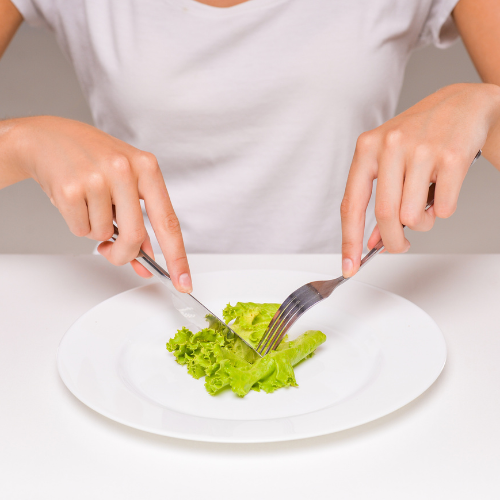
Gunja Parikh, MS, RDN, LDN
Gastroesophageal reflux disease (GERD), commonly known as acid reflux, affects millions of individuals worldwide, causing symptoms such as heartburn, regurgitation, bloating, and discomfort after meals. While medications like proton pump inhibitors (PPIs) can provide temporary relief, dietary changes often play a crucial role in long-term symptom management. A targeted elimination diet guided by a registered dietitian can help identify food triggers and improve digestive health and gut health.
How an Elimination Diet Supports Digestive Health
An elimination diet involves removing common reflux-triggering foods for a short period, usually 2 to 4 weeks, followed by systematic reintroduction to identify specific triggers. This approach is particularly helpful for patients who experience persistent symptoms despite medication or wish to manage acid reflux and GERD through nutrition counseling and medical nutrition therapy.

The Elimination Phase
During this phase, patients remove foods known to worsen reflux to reduce symptoms.
Reintroduction Phase
Foods are reintroduced one at a time while monitoring symptoms. Some tolerate small amounts of coffee but may react to tomatoes or spicy foods.
Common Trigger Foods
- Caffeinated beverages (coffee, tea, energy drinks)
- Chocolate and high-fat desserts
- Citrus fruits and tomato-based products
- Spicy and fried foods
- Alcohol and carbonated beverages
- Peppermint or spearmint
Eliminating these foods can reduce heartburn, bloating, and regurgitation within a few weeks.


Working with a Registered Dietitian
Dietitian Guidance
- Personalized guidance to prevent nutrient deficiencies
- Meal planning support with reflux-friendly alternatives
- Lifestyle counseling on portion control, meal timing, and weight management
For individuals seeking a holistic, non-pharmacological approach to managing acid reflux, an elimination diet under professional supervision can be life-changing.
Benefits Beyond GERD
Supports women’s health, pediatric nutrition, and individuals with GI conditions who want to manage symptoms naturally while ensuring nutrient adequacy.

Gunja Parikh
MS, RD, LDN
Gunja is a Licensed and Registered Dietitian with a passion for helping individuals improve their eating habits to reach their nutrition goals... READ MORE
References
Katz PO, Gerson LB, Vela MF. Guidelines for the diagnosis and management of gastroesophageal reflux disease. Am J Gastroenterol. 2013;108(3):308-328. doi:10.1038/ajg.2012.444.
Kaltenbach T, Crockett S, Gerson LB. Are lifestyle measures effective in patients with gastroesophageal reflux disease? Arch Intern Med. 2006;166(9):965-971. doi:10.1001/archinte.166.9.965.
Ness-Jensen E, Hveem K, El-Serag HB, Lagergren J. Lifestyle intervention in gastroesophageal reflux disease. Clin Gastroenterol Hepatol. 2016;14(2):175-182.e1-3. doi:10.1016/j.cgh.2015.04.176.
Kahrilas PJ, Shaheen NJ, Vaezi MF. American Gastroenterological Association Medical Position Statement on the management of gastroesophageal reflux disease. Gastroenterology. 2008;135(4):1383-1391. doi:10.1053/j.gastro.2008.08.045.
